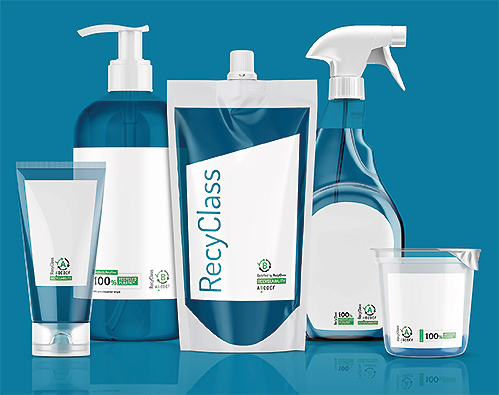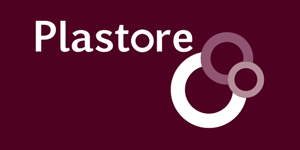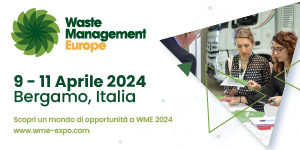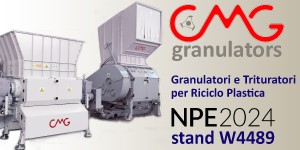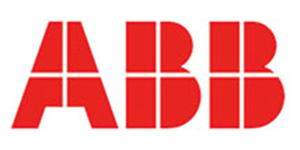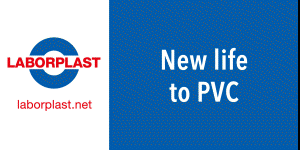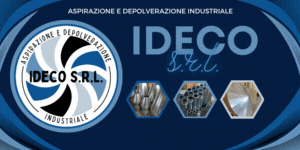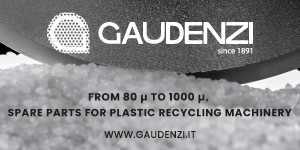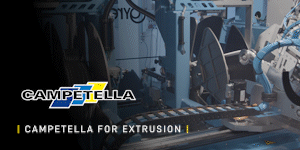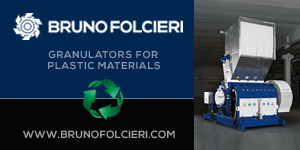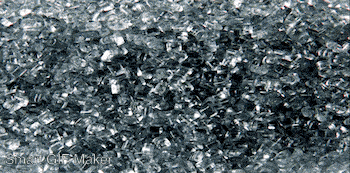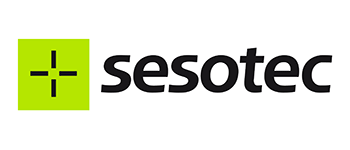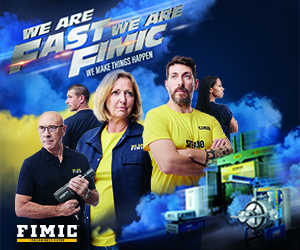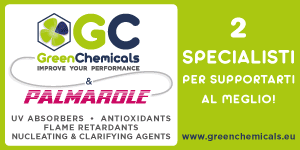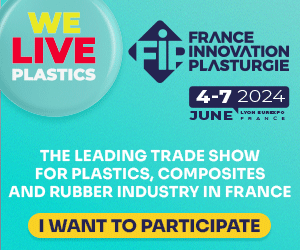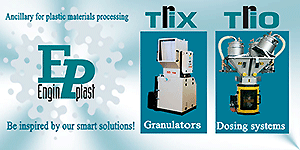Recyclass: standardise guidelines and classification schemes on plastic packaging to regulate recyclability and traceability
Understanding what is recyclable, based on precise product information, is fundamental to start a correct collection, sorting and recovery process of waste materials, and at the same time helps to intervene in the design and planning of products already thinking about their end-of-life.
RecyClass is a comprehensive, cross-sectoral initiative that has introduced a system for assessing the recyclability of plastic packaging and a reliable traceability of the origin of plastic waste in the European context.

RecyClass was born in 2010 from an idea of Paolo Glerean and Roberto Alibardi, respectively Marketing & Sales Director and founding owner of Aliplast, a leading plastics recycling company for the production of regenerated polymers, flexible rLDPE films and rPET sheets.
The initial intention was to inform consumers about the greater or lesser recyclability of plastic packaging; this then evolved towards supporting small and medium-sized companies with a simple and clear tool to improve the recyclability of their packaging.
Right from the start, the topic also attracted the attention of large brands whose knowledge of recycling technologies was more of a notion than real knowledge in the field.
The Plastics Recyclers Europe Association grasped the importance of the idea and created a task force in 2011 to implement this project, headed by Paolo Glerean, who is still leading the project as Chair of the Recyclass Steering Committee.
“In 2014, Plastics Recyclers Europe launched the online tool www.recyclass.eu that allows you to assess the recyclability class of a plastic packaging free of charge, assigning it a class from A (best) to F (worst), along the lines of the energy classes for household appliances,” Glerean explains.
It is an extraordinarily effective tool that is based on a scientific approach and whose application makes the use of plastics more circular. The user also receives information on which parts or components of the packaging have caused it to be downgraded, providing insight into which parts to focus on to improve it.
At RecyClass, a team of highly specialised professionals now works full-time and is focused on two fundamental objectives: to update the guidelines on the design of plastic packaging in Europe through assessments based on a solid scientific basis, eliminating subjective opinions and replacing them with data based on scientific tests that can be replicated in laboratories; and to maintain three certification schemes active on recyclability, recycling processes and traceability of the recycled plastic content in products. The platform has the participation of important brands from different areas of the market, as well as technology and raw material producers and major processors, and every year the appreciation and awareness of the entire supply chain towards RecyClass grows.
Many in the industry hope that the European Community will implement further steps on recycling legislation and also on certification as soon as possible. What are the obstacles, in your opinion?
“The key is to create trust: this means presenting real, proven data and being consistent with what is claimed. As RecyClass, we have developed three certification schemes: the first covers the assessment of the recyclability of packaging; the second covers the recycling activities from waste to secondary raw material; and the third covers the traceability of the recycled material from the recycler’s exit gate to the supermarket shelf.
The last scheme has already been evaluated and accredited by a European public body. For the second one, we are waiting to receive accreditation in a few days and will soon submit the application for accreditation for the first one. Accreditation is an important recognition because it evaluates schemes both from the point of view of the absence of internal conflicts of interest and from the point of view of the robustness of the scheme itself and its suitability to achieve the set goals. What has been achieved is an important result because it demonstrates that the scheme has been constructed in a reliable manner and can therefore lead to the gaining of that trust we were talking about earlier.
I hope that, in some time, we will be able to find on supermarket shelves recyclable packaging divided into classes, allocated according to certain certifications, to guarantee transparency and fairness to the end user. Today this is unfortunately not the case, and false claims mislead consumers”.
Is the consumer today willing to spend a little more to buy a product that is truly sustainable and certified?
“The consumer is ready to spend more, within certain limits, for a sustainable product, but first he must be given the tools to clarify what is sustainable and what is not.
 Consumers are often misled by messages such as ‘30% less plastic’ and are thus perhaps persuaded to buy a product packaged in non-recyclable, multi-layer materials consisting, for example, of paper, plastic and perhaps a third material, at the expense of another product packaged in an easily recyclable, single-material. The message ‘30% less plastic’ is perceived as more sustainable. It also generally costs more. This happens because the end user’s perception is based on misinformation and misleading messages.
Consumers are often misled by messages such as ‘30% less plastic’ and are thus perhaps persuaded to buy a product packaged in non-recyclable, multi-layer materials consisting, for example, of paper, plastic and perhaps a third material, at the expense of another product packaged in an easily recyclable, single-material. The message ‘30% less plastic’ is perceived as more sustainable. It also generally costs more. This happens because the end user’s perception is based on misinformation and misleading messages.
RecyClass intends to guide packaging manufacturers towards solutions that maintain the high value of materials at the end of their life cycle in order to save resources and reduce the costs of the entire collection-recovery-recycling system; and above all, it aims to concretely support companies that really want to transform their packaging in a circular way. This means producing higher quality secondary raw materials at lower costs, avoiding the use of virgin raw materials”.
Recyclers are concerned about the volatility of material prices: the price of virgin material has fallen dramatically, so recycled material is no longer competitive. What are the forecasts for the near future?
“I believe that this will be a year of transition,” says the Recyclass Chair. Between now and the end of 2023, I don’t expect much change, because the price of raw materials is driven by falling demand generated by low purchasing power, inflation, and the supply of other types of packaging made from other materials.
The latter can be observed in the trend of PET, which last year experienced significant peaks, both in price and demand, and has now collapsed due to the effect of raw material imports at very low prices from non-European countries. And this raises an important question since PET is used to a large extent in the food packaging circuit, where legislation requires certain safety and traceability criteria; unfortunately, these can now be easily fulfilled by a simple self-declaration by the non-European producer who is not subject to controls by local authorities in EU countries. This is a major flaw that must be remedied. In addition to standardising procedures and certifications on a European scale, everything from outside the EU must also be subject to these certifications.
Once an accredited and real certification scheme on the traceability of materials becomes mandatory, it can be applied to all products, whatever their origin, and only operators able to obtain these certifications with European standards will be able to import into Europe. The fact that accredited certifications can only be issued by accredited auditors will also ensure a higher level of safety for all’.



